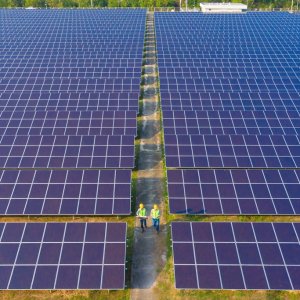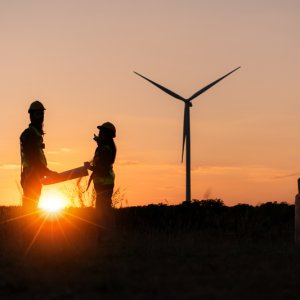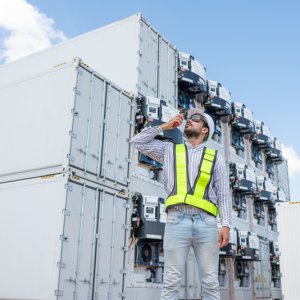
Wind Blows Into Energy Contention
In Mexico, the wind blows strong. It is no wonder, then, that investors are looking at more regions across the country to place their money, attracted by decreasing generation costs and industry innovation. As more clean energy powers the grid, however, infrastructure needs to be fortified to prepare for further developments.
“Twelve years ago, the only region that was attractive for investment was the Isthmus of Tehuantepec. Today, wind projects are present in 11 states, with the strongest growth taking place in Tamaulipas, Coahuila and Nuevo Leon,” says Leopoldo Rodríguez, President of AMDEE. The country is experiencing growth in wind energy developments in regions that were once considered nonviable. The state of Tamaulipas alone, hosts 1,197MW of installed capacity. In August 2018, the largest wind farm in Mexico was inaugurated in this same region, adding 424MW to the grid.
Oaxaca remains the state with the largest installed capacity, with 2,756MW and 28 wind farms. This region injects 62 percent of wind-sourced energy to the country’s grid, up 17 percent in 2018 from the previous year. The Eólica del Sur project was concluded in 2018, adding 396MW to the energy mix and positioning itself as one of the biggest developments in the country. The Isthmus of Tehuantepec still plays an important role in the country’s wind power output and projects like the Ixtepec-Yautepec Transmission Line are critical.
INNOVATION DRIVING GROWTH
Among the main drivers of wind energy success across the country is technological innovation that is driving down production costs. “The new generation of wind turbines allows us to take better advantage of the wind resource. Technology has improved rapidly and right now the challenge is more economic rather than technical,” says Alejandro Cobos, Head of Notus Energía México. Examples include the Amistad III and Amistad IV wind farms located in Coahuila. These will be the first projects globally to use a new generation of wind turbines that have the highest LCOE of their class. These technological advancements are giving companies the opportunity to seize different wind profiles and take advantage of wind currents at different heights.
Wind technology’s success has also been good news for services providers, with the industry requiring more specialized technicians and O&M services. “The wind energy sector in Mexico started to see activity in 2006 and now, almost 60 percent of the wind farms are out of warranty, with mature equipment starting to see component failures,” says José Hernández, Director of Renewables Mexico at ABS Wind. This is becoming a pressing issue as time goes by.
Power demand and attractive investments also are motivating the development of a national manufacturing industry, a tendency that in recent years was unimaginable. “Almost every company in the Mexican market has to send its turbines and components for repair either to Europe or the US. Doing so involves downtimes that can last from eight to 12 months from the moment the element is shipped until its return, meaning not only significant losses in production but also in logistics and shipping,” says Hernández. The industry is taking action and very soon components, such as turbines and blades, will be accessible in the country. In 2017, Danish manufacturer Vestas started the construction of a production plant in Reynosa. ACCIONA will start manufacturing wind blades in the country in 2019 with a factory located in Tamaulipas. These projects and others have been strongly supported by the local government due to the generated income.
WHICH SCHEME FOR WIND?
Wind energy development in Mexico has been highly motivated by long-term electricity auctions and PPAs. In the first auction, wind energy accounted for 394MW but in the latest auction in November the results totaled 1,323MW. Bilateral contracts also are becoming more popular between off-takers, mostly driven by long-term price certainty. “Under the previous regulatory framework, it was not easy for small or medium-sized consumers to participate in the PPA structure. Before, the off-taker had to become partner of the project in question. It was a game in which only big players could participate. Now, every consumer can participate without becoming a partner of the project,” says AMDEE’s Rodríguez. Companies such as Grupo Bimbo, Grupo México, Grupo Soriana, Nestlé and CEMEX Energía have taken the lead, supplying their operations through this scheme. These long-term contracts are viable because O&M costs are low compared with conventional energy sources. The market is constantly evolving and while the transition toward bilateral contracts takes place, virtual PPAs are becoming more tangible.
















